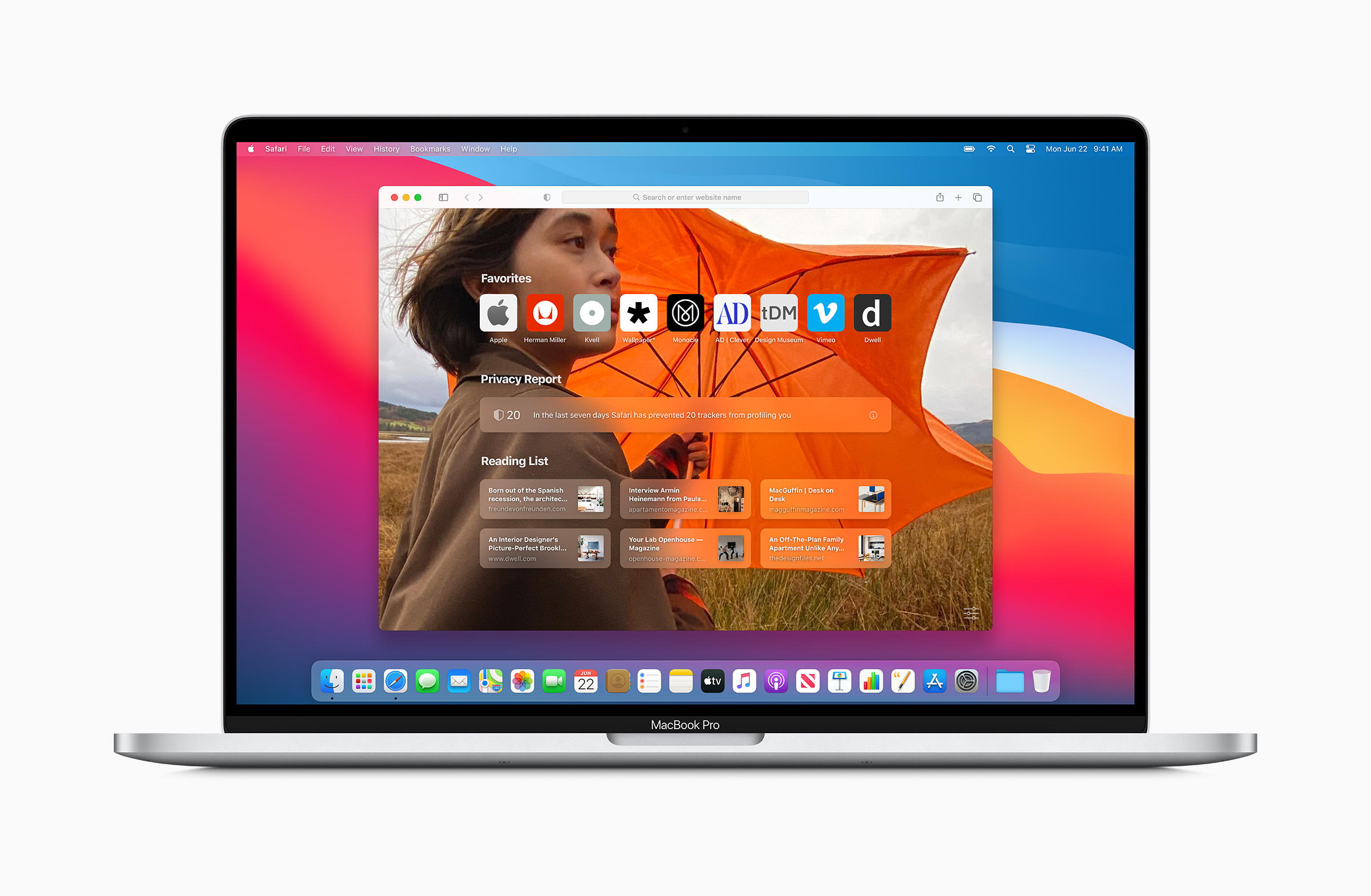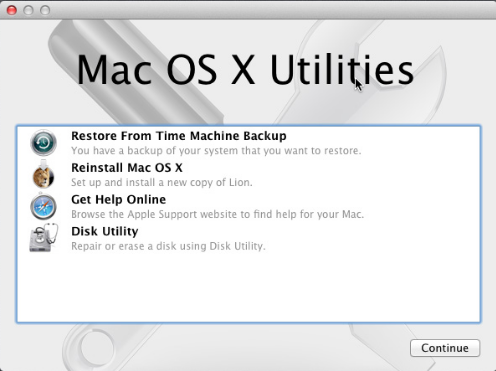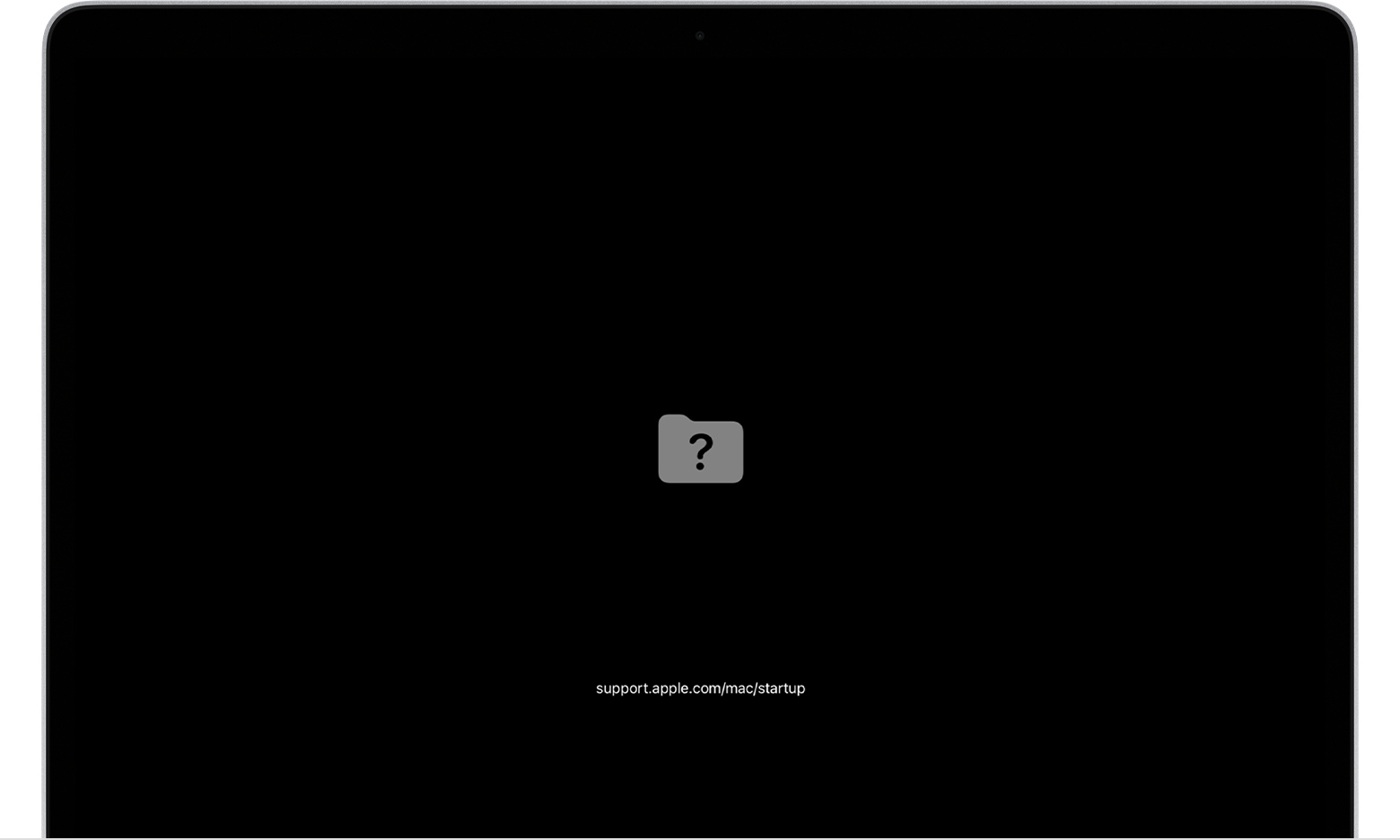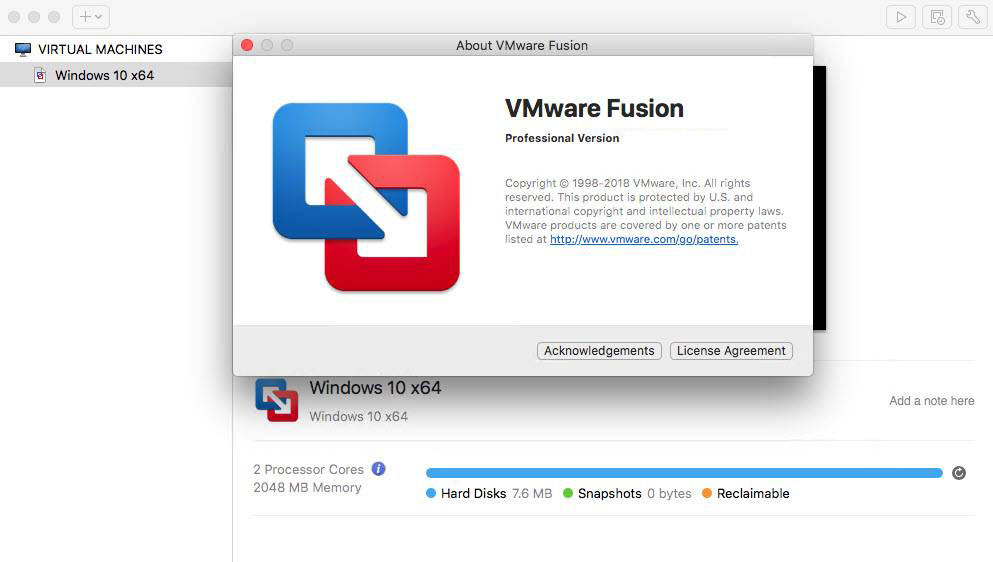Classic Mac Pro 5,1 (or simply cMP, also 4,1 upgraded to 5,1) is now considered by Apple as vintage. It’s pretty disappointing considering how capable and upgradable these machines still are. Installing Windows is no longer officially supported, but it’s completely possible though not quite easy.
Another challenge is that macOS Mojave 10.14 now implies using Metal-capable GPU while most of them are not able to display Apple boot menu (which you normally see holding the Option key) required to boot into Windows. Basicaly your screenremains black until macOS is loaded. Well, some EFI bootable cards that support boot menu exist but they are released almost 10 years ago and are really outdated. What is more, none of them supports displaying of boot menu with 4k 60hz monitor connected.
This guide is for those who want macOS Mojave + Windows 10 + modern GPU (in our case Sapphire Radeon Pulse RX 580 8GB).
- If you have an iMac Pro or Mac Pro with 128GB of memory (RAM) or more, your startup disk needs at least as much free storage space as your Mac has memory. 2 An external USB flash drive with a storage capacity of 16GB or more, unless you're using a Mac that doesn't need a flash drive to install Windows.
- Warning: DO NOT install Windows from a USB flash drive. It has been discovered that Windows when installed in EFI mode is corrupting the Mac Pro’s firmware by signing it with multiple Secure Boot (X.509) certificates. Also, you wouldn’t be able to boot into Windows after selecting its drive as bootable in macOS Preferences → Startup disk.

If still can't boot from the USB correctly, make sure that the USB recovery drive is formatted to FAT32, there is enough available storage space for all the recovery data, and check that the recovery image is the correct one for your model of Surface (Such as Surface Pro 3). The keyboard and mouse or trackpad that came with your Mac. If they aren’t available, use a USB keyboard and mouse. A full-installation, 64-bit version of Windows 10 on a disk image (ISO file) or other installation media.
Updated 28 May 2019
Installing Windows 10 in 5 steps
It’s supposed that you have the latest Boot ROM version 144.0.0.0.0. If not, please update first.
Step 1: Use separate drive for Windows
Boot Camp Assistant no longer supports cMP and doesn’t allow creating a separate partition for Windows.Windows has to be installed on a separate drive, which is good actually to avoid messing with partitions in future.
We recommend using the internal SATA II connector in one of four drive bays or alternatively one of two SATA II connectors in the optical drive area. Using the HP 654540-001 3.5” → 2.5” adapter (7$) to place 2.5” SSD in a drive bay can be quite convenient.
Of cause, SATA II (up to 300MB/s) is a bottleneck for modern 2.5” SSDs (up to 550 MB/s where SATA III is preferable) but real life experience shows that the difference is hardly noticable unless you deal with lots of big files (e.g. >1GB where sequential read/write speeds matter) on your system drive.
We didn’t test using PCIe → SATA III adapter or PCIe → NVMe adapter for Windows partition. Many people reported it was not possible in their case. If you successfully did it please let us know in the comments below or via e-mail.
Step 2: Create a bootable Windows 10 DVD disk
Warning: DO NOT install Windows from a USB flash drive. It has been discovered that Windows when installed in EFI mode is corrupting the Mac Pro’s firmware by signing it with multiple Secure Boot (X.509) certificates. Also, you wouldn’t be able to boot into Windows after selecting its drive as bootable in macOS Preferences → Startup disk. Therefore Windows should only be installed in Legacy BIOS mode from an optical drive.
Make sure that your Windows 10 ISO file fits on the DVD disk, in our case we had to burn Windows 10 1803 ISO (64-bit) to a single-layer DVD+R disc 4.7GB.
Burning a DVD disk under macOS can be done with the following Terminal command:
On Windows we recommend using the free ImgBurn app.
Step 3: Boot from your Windows 10 DVD disk
Turn on your mac while holding the “C” key to boot from the optical disk (if you have PCIe drives installed and can’t boot from the disc, remove those PCIe adapters).Proceed with installation normally until you see the “Where do you want to install Windows” drive selection screen.
Step 4: Format the target drive
Press Shift+F10 to launch command prompt. Type the following commands:
Now make sure to select the correct target drive number N (NOT your macOS disk), after that type:
You should now see your drive as Unallocated space.

Press the “New” button to create necessary partitions. There should be only two partitions (for legacy installation, EFI mode creates four) automatically created:
Select the newly created partition 2 and continue with installation normally. Your mac will be rebooted twice.Every reboot do not forget entering the boot menu (by holding the Option key) and selecting ‘Windows’ boot drive there. When finished, boot into Windows.


Step 5: Install Windows drivers and Boot Camp utility
Windows 10 installs all necessary drivers automatically except Bluetooth and internal speaker. These need to be installed from the original Boot Camp package for MacPro5,1.Download and install 7zip, download Brigadier 0.2.4 app, open Windows command prompt where Brigadier is located and type:
When finished, it will create a folder BootCamp-031-11269, you need to install these for Bluetooth and internal speaker correspondingly, make sure you run the command prompt as administrator:
Now we need newer BootCamp drivers intended for iMacPro1,1:
When finished, it will create a folder BootCamp-041-55643, you need to run this command:
When finished, reboot. We also recommend running Apple Software Update to update Wifi drivers:
You probably don’t want to forget installing our awesome Macs Fan Control app, do you? :)
Switching between macOS Mojave & Windows
When you’re in macOS, use Preferences → Startup disk to select a boot drive:
When you’re in Windows, use the Boot Camp Control Panel from your Windows tray to select a boot drive:
This guide is based on this MacRumors thread. Special thanks to h9826790 for sharing his useful experience. Any comments are welcome.
What you need to install Windows 10 on Mac
- MacBook introduced in 2015 or later
- MacBook Air introduced in 2012 or later
- MacBook Pro introduced in 2012 or later
- Mac mini introduced in 2012 or later
- iMac introduced in 2012 or later1
- iMac Pro (all models)
- Mac Pro introduced in 2013 or later
The latest macOS updates, which can include updates to Boot Camp Assistant. You will use Boot Camp Assistant to install Windows 10.
64GB or more free storage space on your Mac startup disk:
- Your Mac can have as little as 64GB of free storage space, but at least 128GB of free storage space provides the best experience. Automatic Windows updates require that much space or more.
- If you have an iMac Pro or Mac Pro with 128GB of memory (RAM) or more, your startup disk needs at least as much free storage space as your Mac has memory.2
An external USB flash drive with a storage capacity of 16GB or more, unless you're using a Mac that doesn't need a flash drive to install Windows.
A 64-bit version of Windows 10 Home or Windows 10 Pro on a disk image (ISO) or other installation media. If installing Windows on your Mac for the first time, this must be a full version of Windows, not an upgrade.
- If your copy of Windows came on a USB flash drive, or you have a Windows product key and no installation disc, download a Windows 10 disk image from Microsoft.
- If your copy of Windows came on a DVD, you might need to create a disk image of that DVD.

How to install Windows 10 on Mac
To install Windows, use Boot Camp Assistant, which is included with your Mac.
1. Check your Secure Boot setting
Learn how to check your Secure Boot setting. The default Secure Boot setting is Full Security. If you changed it to No Security, change it back to Full Security before installing Windows. After installing Windows, you can use any Secure Boot setting without affecting your ability to start up from Windows.
2. Use Boot Camp Assistant to create a Windows partition
Open Boot Camp Assistant, which is in the Utilities folder of your Applications folder. Follow the on-screen instructions.
- If you're asked to insert a USB drive, plug your USB flash drive into your Mac. Boot Camp Assistant will use it to create a bootable USB drive for Windows installation.
- When Boot Camp Assistant asks you to set the size of the Windows partition, remember the minimum storage-space requirements in the previous section. Set a partition size that meets your needs, because you can't change its size later.
3. Format the Windows (BOOTCAMP) partition
Boot Macbook Pro From Usb Linux
When Boot Camp Assistant finishes, your Mac restarts to the Windows installer. If the installer asks where to install Windows, select the BOOTCAMP partition and click Format. In most cases, the installer selects and formats the BOOTCAMP partition automatically.
4. Install Windows
Unplug any external devices that aren't necessary during installation. Then click Next and follow the onscreen instructions to begin installing Windows.
5. Use the Boot Camp installer in Windows
After Windows installation completes, your Mac starts up in Windows and opens a ”Welcome to the Boot Camp installer” window. Follow the onscreen instructions to install Boot Camp and Windows support software (drivers). You will be asked to restart when done.
- If the Boot Camp installer never opens, open the Boot Camp installer manually and use it to complete Boot Camp installation.
- If you have an external display connected to a Thunderbolt 3 port on your Mac, the display will be blank (black, grey or blue) for up to 2 minutes during installation.
How to switch between Windows and macOS
Restart, then press and hold the Option (or Alt) ⌥ key during startup to switch between Windows and macOS.
Learn more
If you have one of these Intel-based Mac models using OS X El Capitan or later, you don't need a USB flash drive to install Windows:
- MacBook introduced in 2015 or later
- MacBook Air introduced in 2017 or later3
- MacBook Pro introduced in 2015 or later3
Boot Macbook Pro From Usb Time Machine
- iMac introduced in 2015 or later
- iMac Pro (all models)
- Mac Pro introduced in late 2013 or later
To remove Windows from your Mac, use Boot Camp Assistant, not any other utility. Mac os 10.7 update to 10.8.
For more information about using Windows on your Mac, open Boot Camp Assistant and click the Open Boot Camp Help button.
1. If you're using an iMac (Retina 5K, 27-inch, Late 2014) or iMac (27-inch, Late 2013) or iMac (27-inch, Late 2012) with a 3TB hard drive and macOS Mojave or later, learn about an alert you might see during installation.
2. For example, if your Mac has 128GB of memory, its startup disk must have at least 128GB of storage space available for Windows. To see how much memory your Mac has, choose Apple menu > About This Mac. To see how much storage space is available, click the Storage tab in the same window.
Start Mac Pro From Usb
3. These Mac models were offered with 128GB hard drives as an option. Apple recommends 256GB or larger hard drives so that you can create a Boot Camp partition of at least 128GB.

